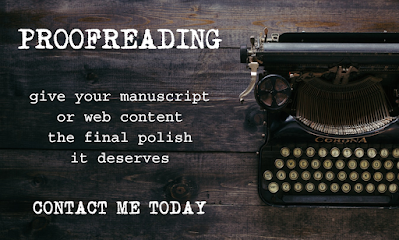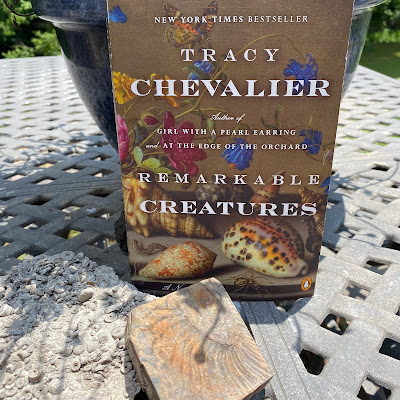Seems I'm reading several things at once, because, I mean, who's suffering from overstimulation these days? Anyway...
Reading # 1:
I feel scarred. Scarred, not scared. I just finished reading the short story "Shards" by Ian Rogers, which is included in Ellen Datlow's anthology Best Horror of the Year, Volume 14. I haven't been too impressed with Volume 14's offerings (I liked Volume 13 better), even though I've passed the 50% mark of the ebook. And then today I reached "Shards." Holy shit. I'm sick and disturbed and deliciously satisfied by it.
I'd even argue that it's one of the best horror stories I've read to date. Even the ending did not disappoint, which I can rarely say about stories in this genre. "Shards" passed all my pet-peeve checks with flying colors.
The quick and easy summary: Five fast friends vacation in a remote cabin (classic) and discover a gramophone in the basement, then all hell breaks loose.
Sounds simple, maybe even cliched, but it blew my socks off. And I'm still reeling with a queasy feeling in my gut and a creeped-out swooping sensation in my brain.
Reading #2:
Cain's Jawbone. Ever heard of it?
My nephew ran across it recently and bought me a copy (sweetest guy ever). I had heard the title in some remote past, but had no idea what it was nor what I was getting myself into. The 100-page "novel" is actually a whodunit puzzle: "the world's most fiendishly difficult literary puzzle," says the book's tagline. Since its publication in 1934, only 3 people have been able to solve it.
The first problem is that the mystery was published out of order. Literally like the author Torquemada had tossed all 100 of his neatly typed pages in the air a few times then gathered them up at random and handed them into the publisher as-is. The margins of the pages have that little "scissors" symbol inviting the reader to cut out all the pages and arrange them in the proper order -- if they can.
The second problem is that the different characters all tell their part in first person, so you're not sure whose point of view you're reading until you read enough to start putting clues together.
The third problem is that the characters are hardly ever named. You run across first names, nicknames, occasionally a whole name (used a single time), or career references ("the minerologist" for example), and it's up to the reader to figure out who is who -- and to separate the actual characters from random names tossed in to confuse things.
All that in addition to having to solve who killed whom.
At first, I thought it sacrilege to cut out a book's pages, but now, having acquainted myself with the puzzle on a first read-through, I'm eager to dig out my scissors and get chopping. Though, even if I figure out the pages' proper order, I doubt I'd be able to wade through all the obscure 1930s references, red herrings, and vague naming scheme to solve the murders.
I may spend the rest of my life puzzling it out…
Thanks, beloved nephew.











